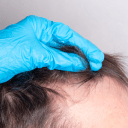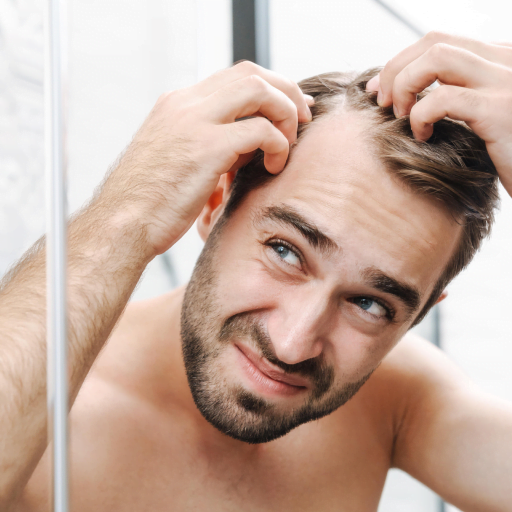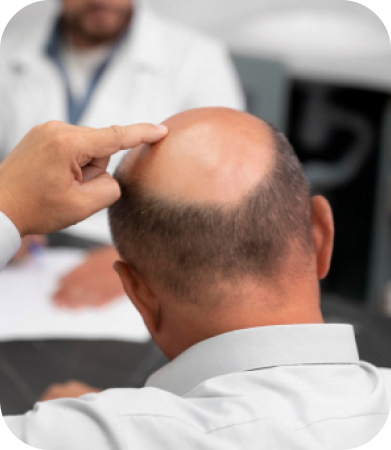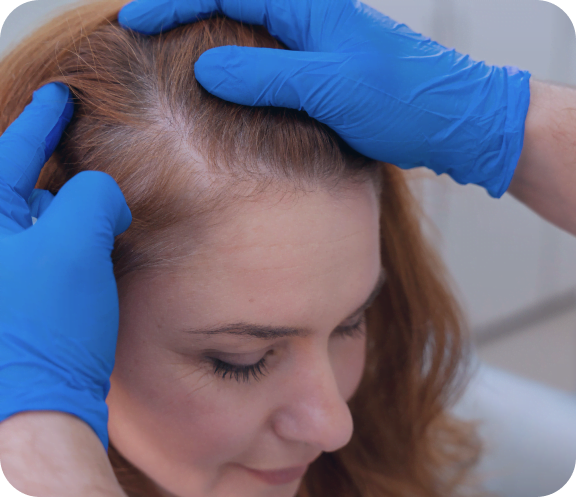Minoxidil (Rogaine) for Hair Loss
Conveniently located to serve the Northern Virginia, Maryland and Washington D.C. metro areas.
Many people who experience hair loss may want to use an over-the-counter (OTC) solution called minoxidil, known by its brand name, Rogaine.
During the early 1950s, the Upjohn Company created minoxidil as a treatment for ulcers. After several tests, researchers discovered that minoxidil did not effectively cure or treat ulcers. Instead, clinical trials showed that minoxidil served as a vasodilator, opening blood vessels and permitting blood to flow freely through them.
During the late 1970s, the FDA authorized the vasodilator to be distributed as Loniten in an oral pill form. Since then, Loniten is now the preferred treatment for patients with high blood pressure.
Through various tests and research, researchers further found that Loniten had an interesting side effect, promoting additional hair growth.
Researchers pursued a patent for the drug, which was eventually granted. The FDA later approved the drug sold via prescription as Rogaine in 1988, when it was used primarily as a topical solution to treat hair loss in males.
In 1991, drug manufacturers formulated minoxidil for women. In 1996, Rogaine received approval for sale as an over-the-counter (OTC) drug. Today, Rogaine is an OTC drug for hair loss treatment.



